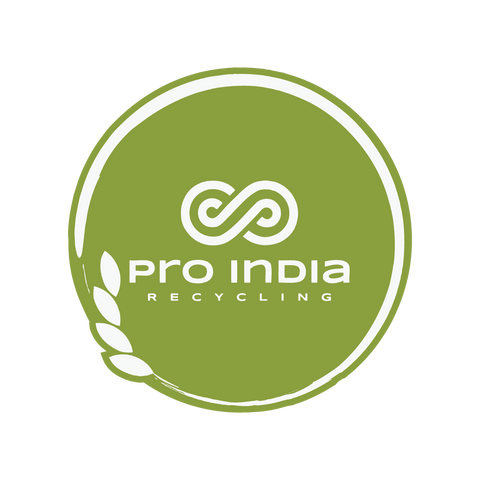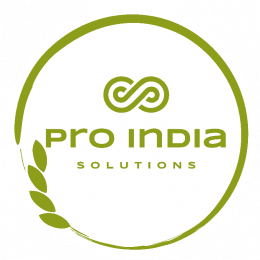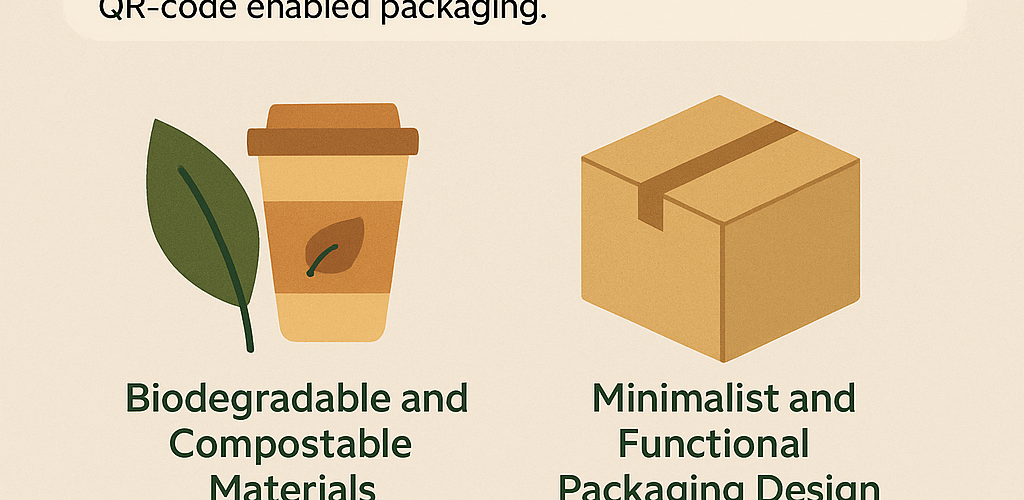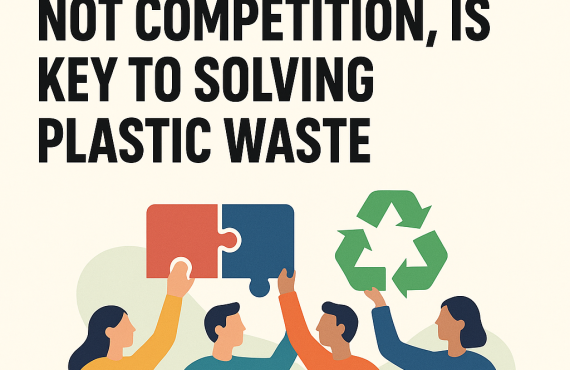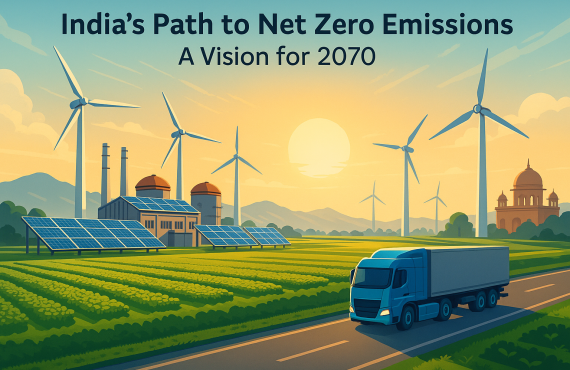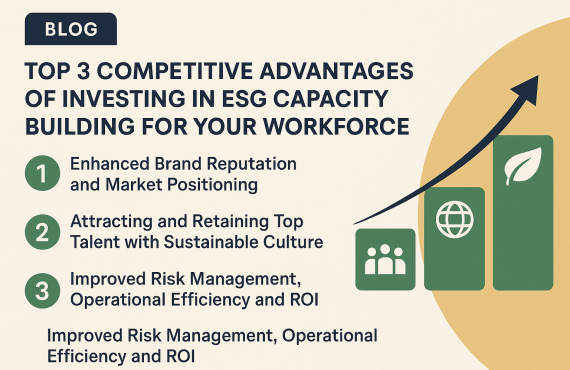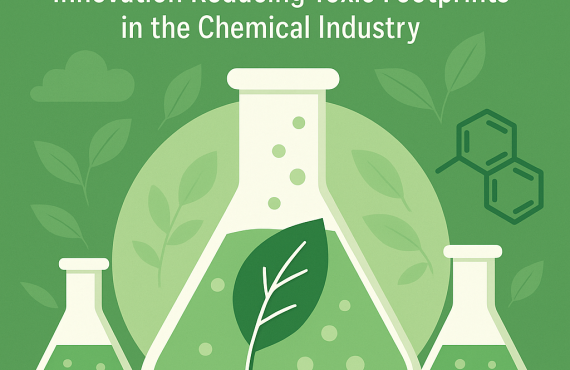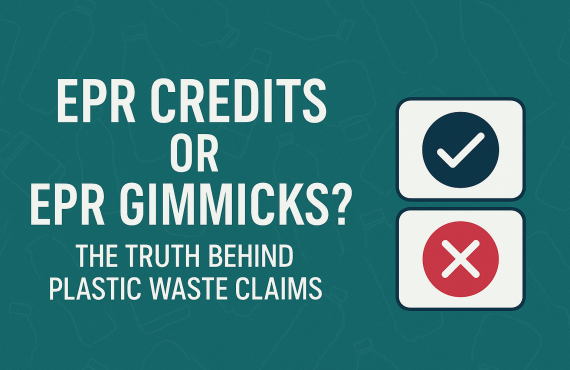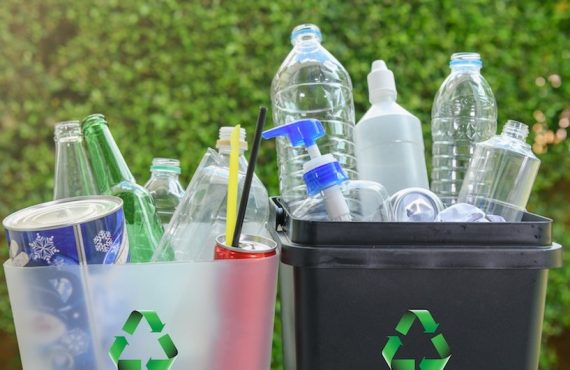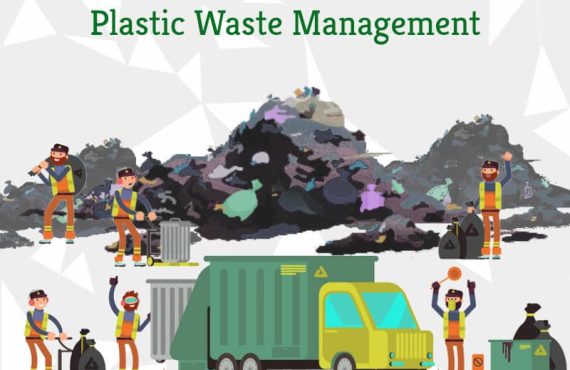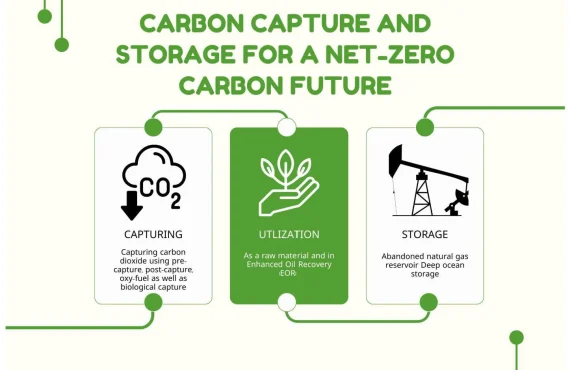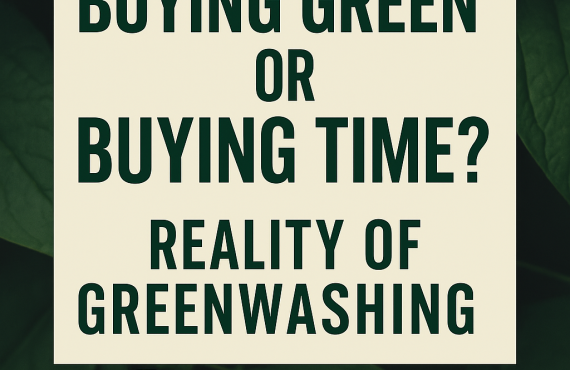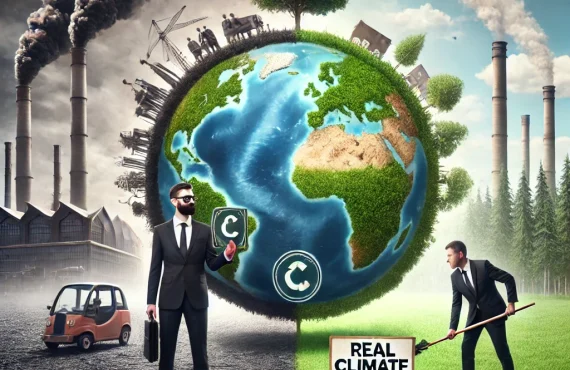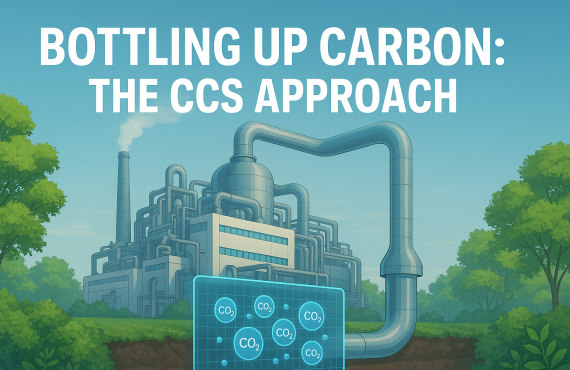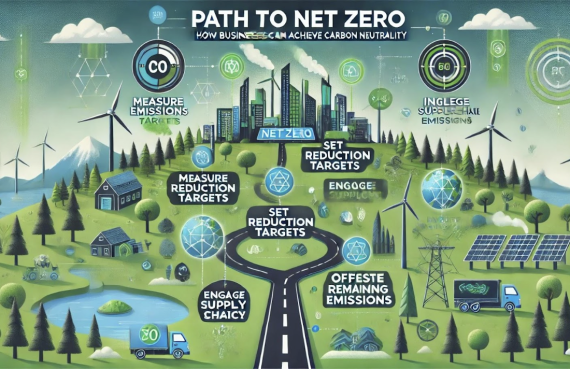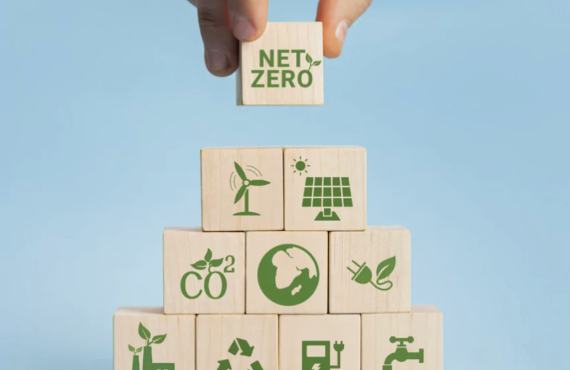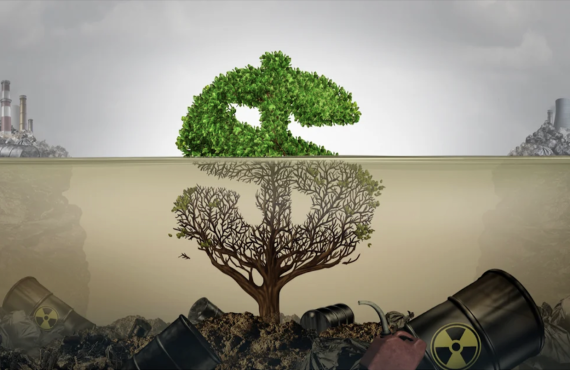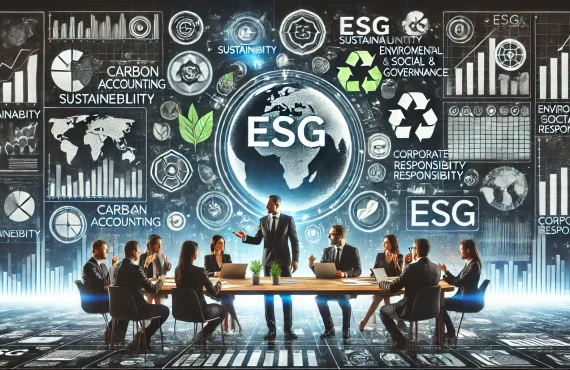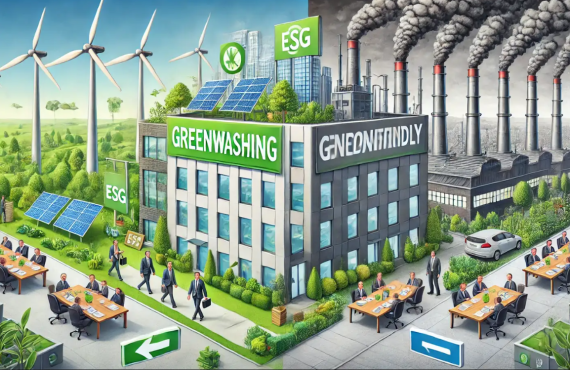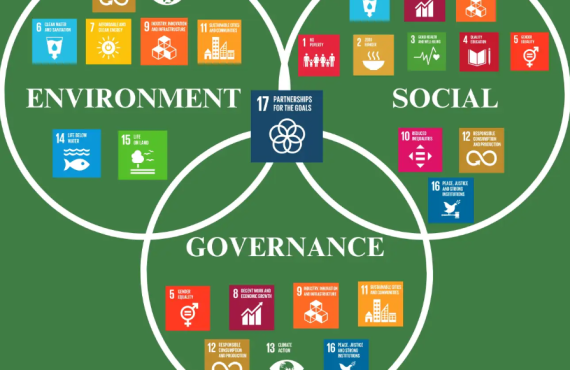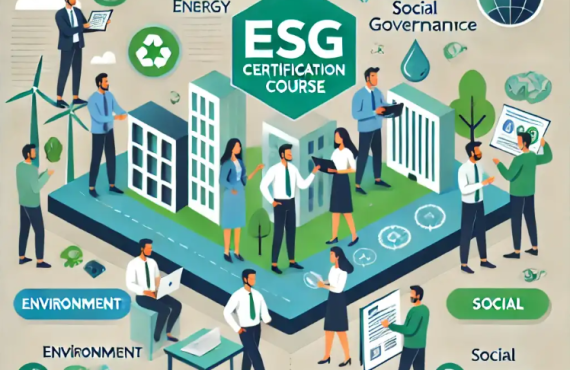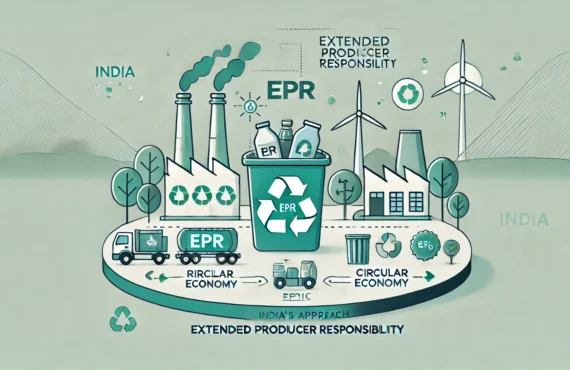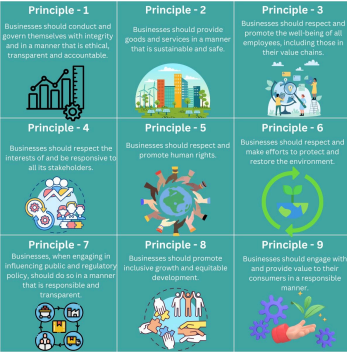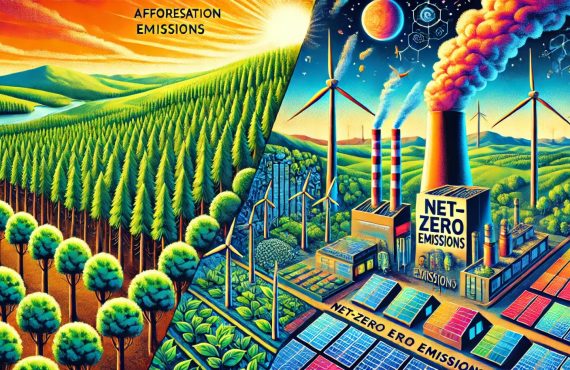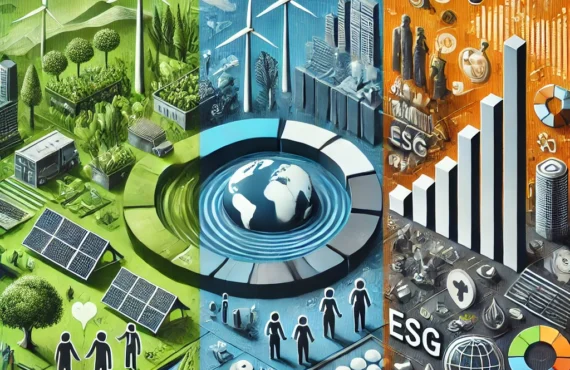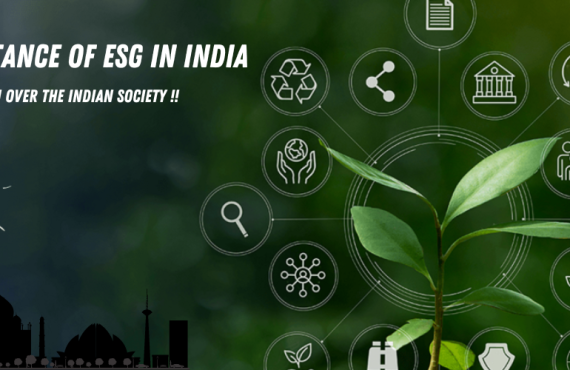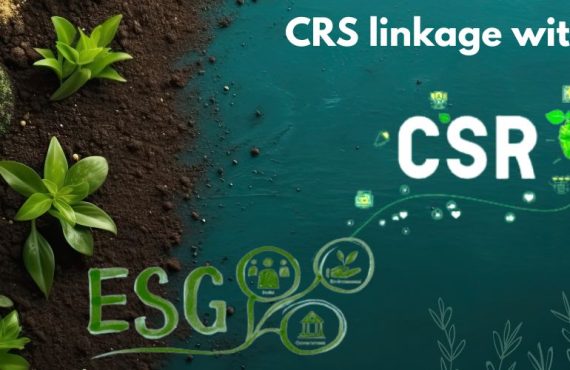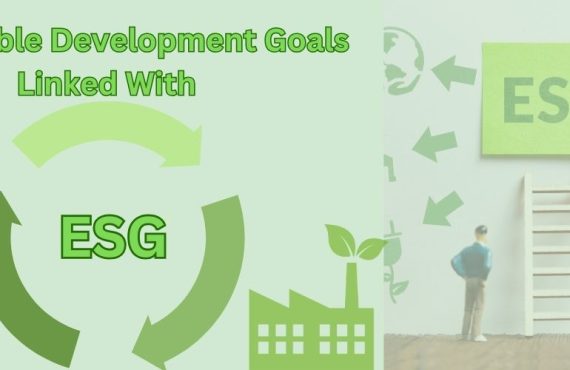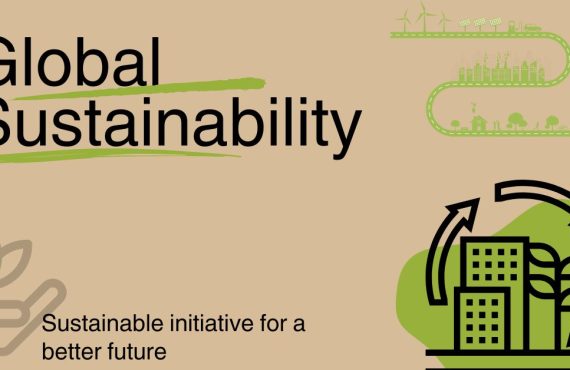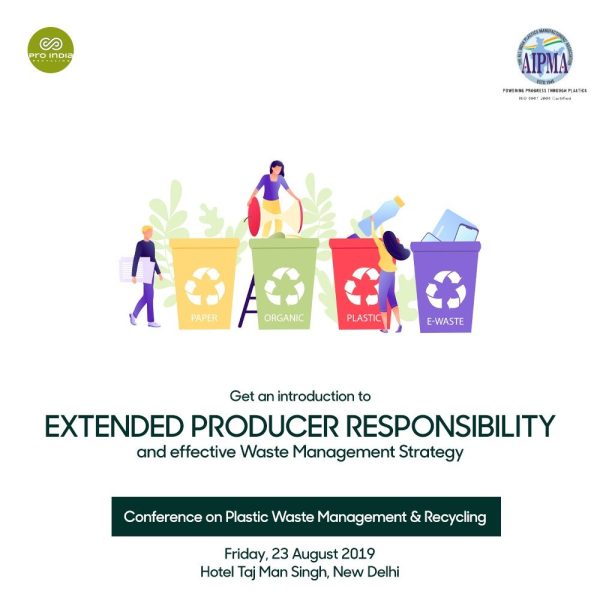Eco-Friendly Packaging in India: Trends Consumers Should Know About
Introduction
As environmental consciousness rises globally, eco-friendly packaging has emerged as a crucial component of sustainable consumption. In India, where waste generation is escalating due to rapid urbanization and e-commerce growth, the shift towards sustainable packaging solutions is both a necessity and an opportunity. Driven by regulatory mandates, ESG (Environmental, Social, and Governance) frameworks, and evolving consumer behavior, India’s packaging industry is undergoing a green transformation.
This blog explores the latest trends in eco-friendly packaging in India, their implications for consumers and businesses, and how these shifts align with broader sustainability goals.
Why Eco-Friendly Packaging Matters in India
India generates over 62 million tonnes of waste annually, with plastic waste comprising a significant portion. Single-use plastics, excessive packaging, and inefficient waste segregation systems have burdened landfills and marine ecosystems. In this context, sustainable packaging plays a critical role in reducing environmental footprints.
Key Drivers:
- Policy & Regulation: Ban on single-use plastics, Extended Producer Responsibility (EPR) rules, and compliance with ESG standards.
- Consumer Awareness: Rising environmental literacy is influencing purchase decisions.
- Corporate Responsibility: Businesses are adopting green packaging to align with sustainability and ESG commitments.
Top Trends in Eco-Friendly Packaging in India
1. Biodegradable and Compostable Materials
Indian manufacturers are increasingly using biodegradable materials like corn starch, bagasse, seaweed, and mushroom-based packaging. These alternatives decompose naturally and reduce long-term waste.
2. Minimalist and Functional Packaging Design
Brands are shifting from elaborate, multi-layered packaging to minimalist designs that reduce material use. This trend aligns with zero-waste goals and appeals to eco-conscious consumers.
3. Reusable and Refillable Systems
Retailers are adopting refill stations and returnable packaging models, especially in FMCG, food delivery, and cosmetics. This not only reduces packaging waste but also enhances customer loyalty and brand responsibility.
4. Recycled and Upcycled Materials
The use of recycled paper, PET bottles, and ocean plastics is gaining traction. Companies are also exploring upcycling post-consumer waste into packaging materials, promoting a circular packaging model.
5. Smart and QR-Code Enabled Packaging
Technology-driven packaging that includes QR codes for traceability, sustainability score, or recycling instructions is becoming common. These smart solutions empower consumers to make informed choices.
Government and Policy Influence
The Ministry of Environment, Forest and Climate Change (MoEFCC) and Central Pollution Control Board (CPCB) have introduced several regulations supporting green packaging:
- Plastic Waste Management (PWM) Rules, 2016 (amended 2022): Phases out problematic plastics and enforces EPR compliance.
- BIS standards: Introduce eco-labelling for biodegradable and compostable packaging.
- Swachh Bharat Abhiyan and Smart Cities Mission: Encourage sustainable waste management and green logistics.
These regulatory changes are reshaping how companies view their ESG obligations and supply chain accountability.
Role of ESG in Packaging Decisions
ESG frameworks are now key evaluators of business integrity and impact. Packaging falls under the Environmental pillar of ESG, as it directly affects:
- Resource consumption
- Carbon emissions
- Waste generation
For companies looking to improve their ESG scores, sustainable packaging offers a visible and impactful area of reform. It also improves brand image and builds investor confidence, especially among ESG-focused funds.
Impact on Consumer Behaviour
Today’s Indian consumers are more sustainability-oriented than ever before. Studies show that over 70% of urban consumers are willing to pay a premium for eco-friendly products.
What Consumers Look For:
- Clear eco-labels (e.g., recyclable, biodegradable)
- Minimal packaging
- Transparency about material sourcing and lifecycle
- Brands with authentic sustainability practices
By offering green packaging, businesses can not only meet demand but also educate consumers on responsible disposal and recycling habits.
Corporate Case Studies: Indian Brands Leading the Way
1. Tata Consumer Products
Uses recyclable and paper-based packs across its tea portfolio. Committed to achieving 100% recyclable packaging by 2030.
2. Zomato & Swiggy
Both platforms have introduced eco-packaging options for restaurants and are piloting returnable containers in select cities.
3. The Better India & Bare Necessities
These brands promote zero-waste packaging, offering refillable and compostable options to customers.
These examples highlight how innovation, policy compliance, and consumer engagement come together to drive impactful change.
Challenges in Adoption
Despite promising trends, India faces several barriers:
- Cost of green materials vs. conventional plastic
- Limited infrastructure for recycling and composting
- Supply chain complexities
- Lack of awareness among small-scale manufacturers
Addressing these gaps requires a multi-stakeholder approach, including government incentives, industry collaborations, and consumer education.
What Can Businesses Do?
To stay ahead of the curve, companies should:
- Conduct a packaging audit to identify improvement areas.
- Invest in R&D for sustainable material innovation.
- Implement EPR strategies and track compliance.
- Educate consumers through labeling and communication campaigns.
- Integrate sustainable packaging goals into overall ESG reporting.
Future Outlook: A Greener, Circular Economy
India’s eco-packaging sector is poised for exponential growth. With rising ESG mandates, circular economy models, and consumer-driven demand, the country is well-positioned to become a leader in sustainable packaging.
Key opportunities include:
- Scaling bio-based packaging
- Adopting AI and IoT in packaging logistics
- Creating closed-loop systems with local recyclers
- Building public-private partnerships for infrastructure and awareness
Conclusion
Eco-friendly packaging is no longer just a trend-it’s a strategic imperative. For businesses in India, aligning packaging practices with sustainability goals, ESG frameworks, and consumer expectations is essential to thrive in a competitive, conscious market.
Whether you’re a brand owner, packaging professional, or sustainability officer, now is the time to reimagine packaging as a catalyst for change.
